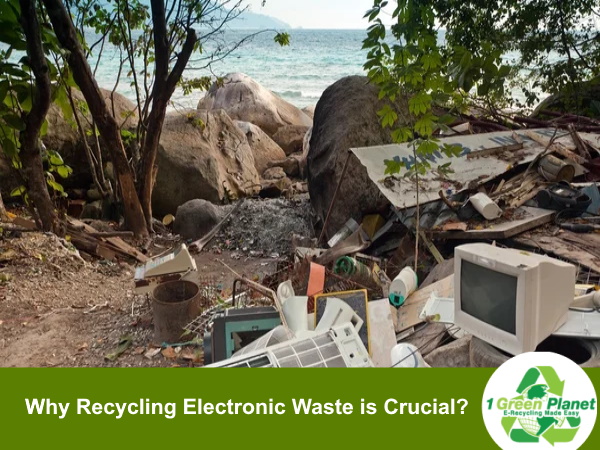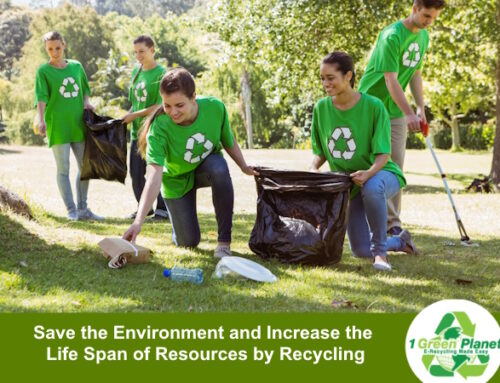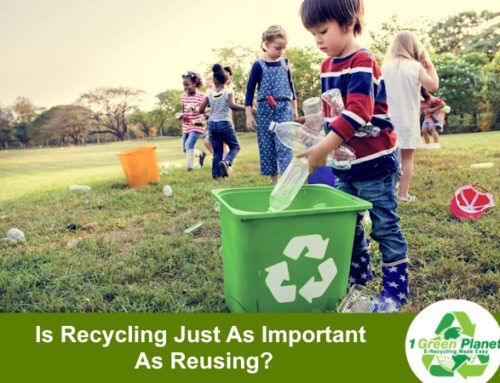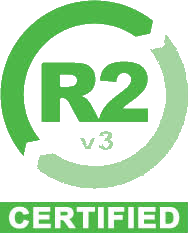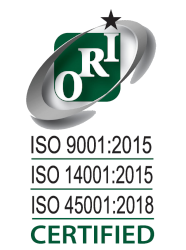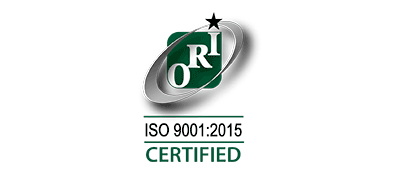Published on January 28, 2023, Updated on February 5, 2023
Recycling electronic waste (e-waste) has become an increasingly crucial environmental issue as the service life of electronic gadgets decreases and the number of electronic devices we use increases. There are numerous advantages to recycling e-waste, and the necessity of addressing these items in the solid waste stream is growing.
All of us have electronic waste. That shopping bag, box, drawer, or bag in the closet contains obsolete mobile phones, tablets, chargers, and MP3 players. It consists of our personal electronic waste. These piles are growing, compelling us to consider the significance of e-waste recycling.
Importance of E-waste Recycling
There are numerous factors to consider when evaluating the importance of e-waste recycling, but the following are the most significant.
It is crucial to prevent electronic waste from entering landfills.
The Environmental Protection Agency (EPA) has stated that improper disposal of electronic waste is hazardous. The Environmental Protection Agency is a U.S. federal agency whose objective is to safeguard both human and environmental health.
Electronic gadgets contain heavy metals and toxic chemicals. Chromium, mercury, cadmium, and lead can leak into the soil, polluting the water and air. The EPA estimates that 60 million tons of electronic waste are generated worldwide annually. Recycling the materials of these electronic gadgets will conserve landfill space. Consequently, numerous state laws now prohibit the disposal of electronic waste in landfills.
Electronic products contain precious metals.
The precious metal contained in electronic items includes gold, platinum, and silver, as well as aluminum, copper, glass, and plastic. These materials can be recovered through the process of recycling. The vast majority of electronic devices are nearly entirely recyclable. It would be irresponsible to dispose of these materials in a landfill.
Recovering valuable materials through the recycling process reduces the need for new raw materials.
This will aid in the preservation of vital natural resources. One metric ton of circuit boards contains 800 times as much gold as one metric ton of ore, according to EPA.
Greenhouse gas emissions are reduced by using recycled materials.
The use of new raw materials in the processing or production of new products increases greenhouse gas emissions. Alternatively, using recycled materials will reduce greenhouse gas emissions. The greater the availability of recycled materials, the lower the demand for raw materials.
Refurbish, Repurpose, and Donate
Keep electronics out of landfills through refurbishing, repurposing, and donating to a worthy charity. There are several organizations that refurbish used electronic items and distribute them to those who would otherwise go without them. Reuse is an essential aspect of diverting materials from landfills.
Electronic waste may end up in scrapyards, along with old appliances, automobiles, and industrial scrap processed by the scrap metal recycling industry. Diverse recyclers have diverse methods for dealing with these items. The good news is that progress is being made in determining how to extract valuable materials and move these items through the recycling process.
It is evident that e-waste is the world’s fastest-growing waste stream as stacks of used and end-of-life devices continue to increase. 1 Green Planet can recycle all of your unwanted electronics and help you attain your recycling goals.

